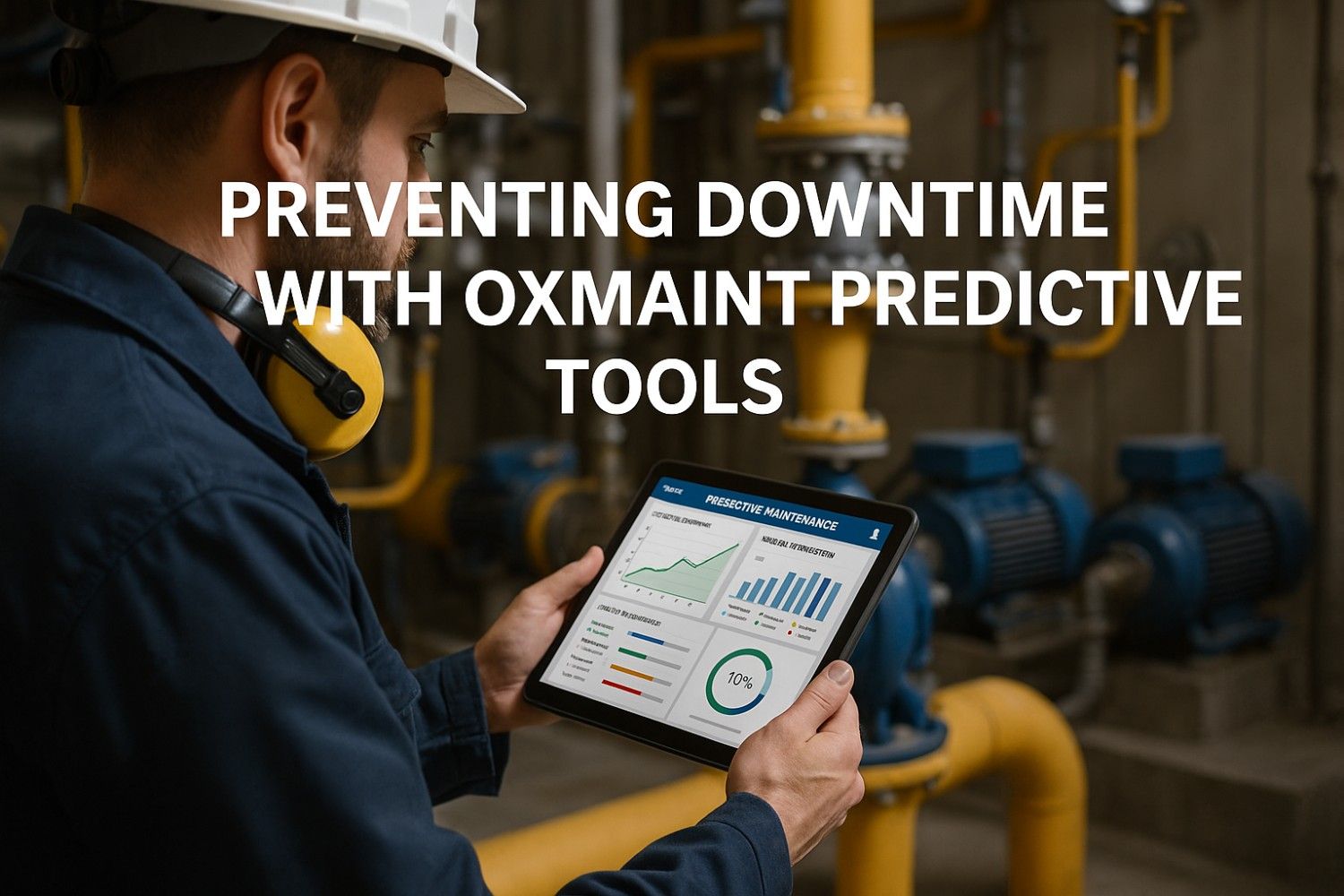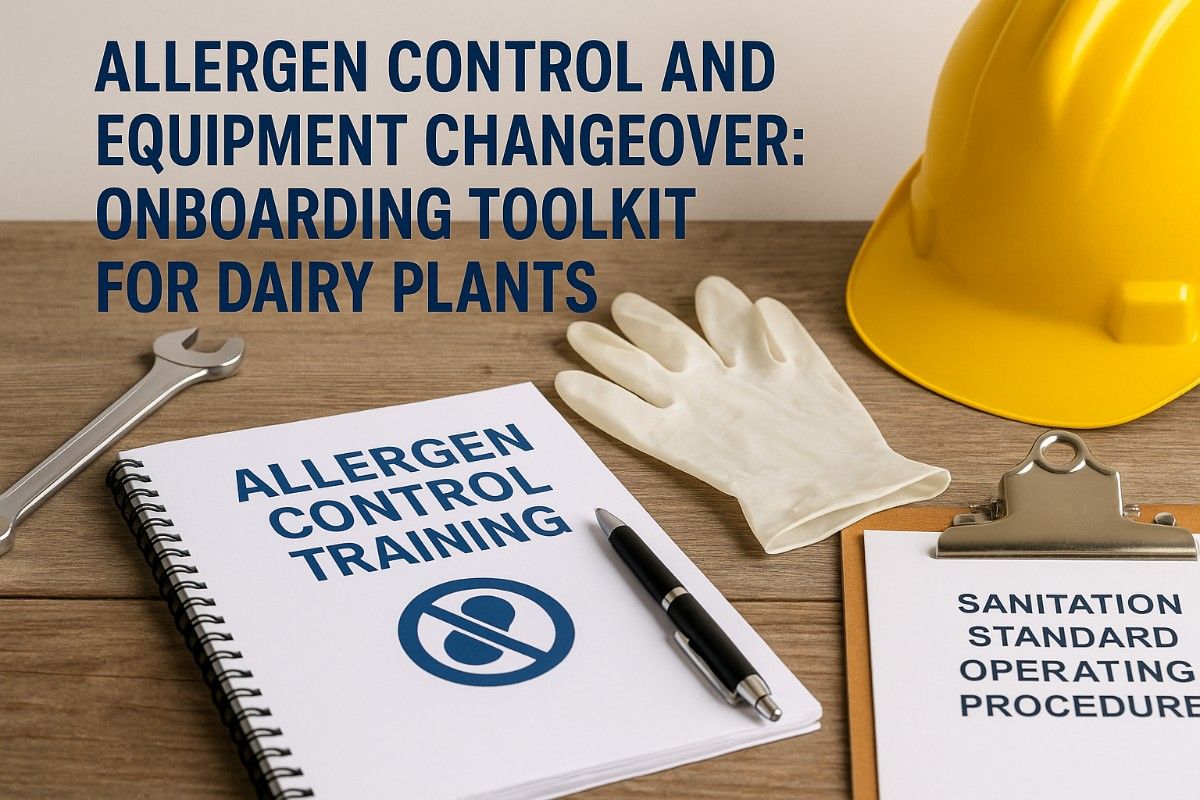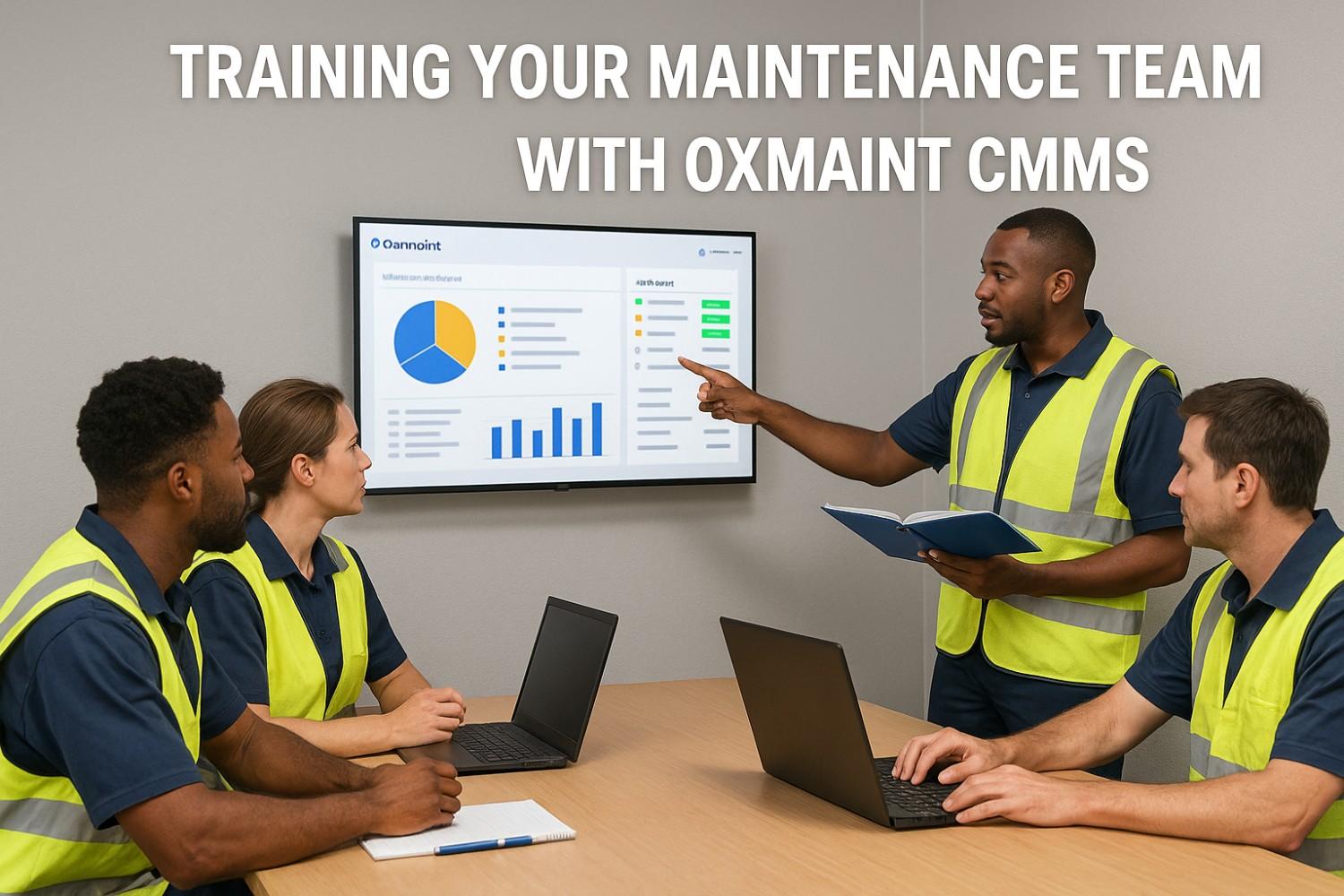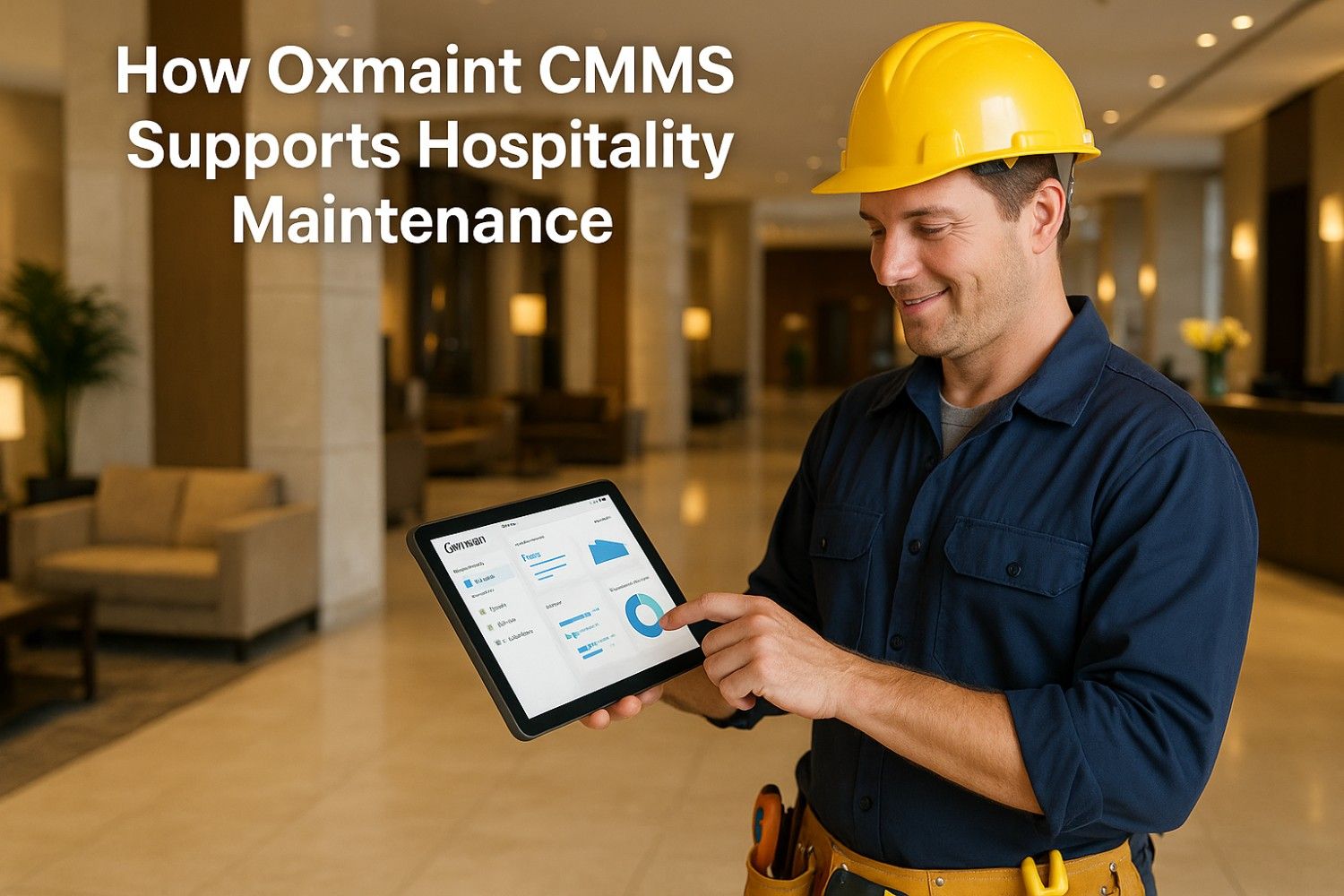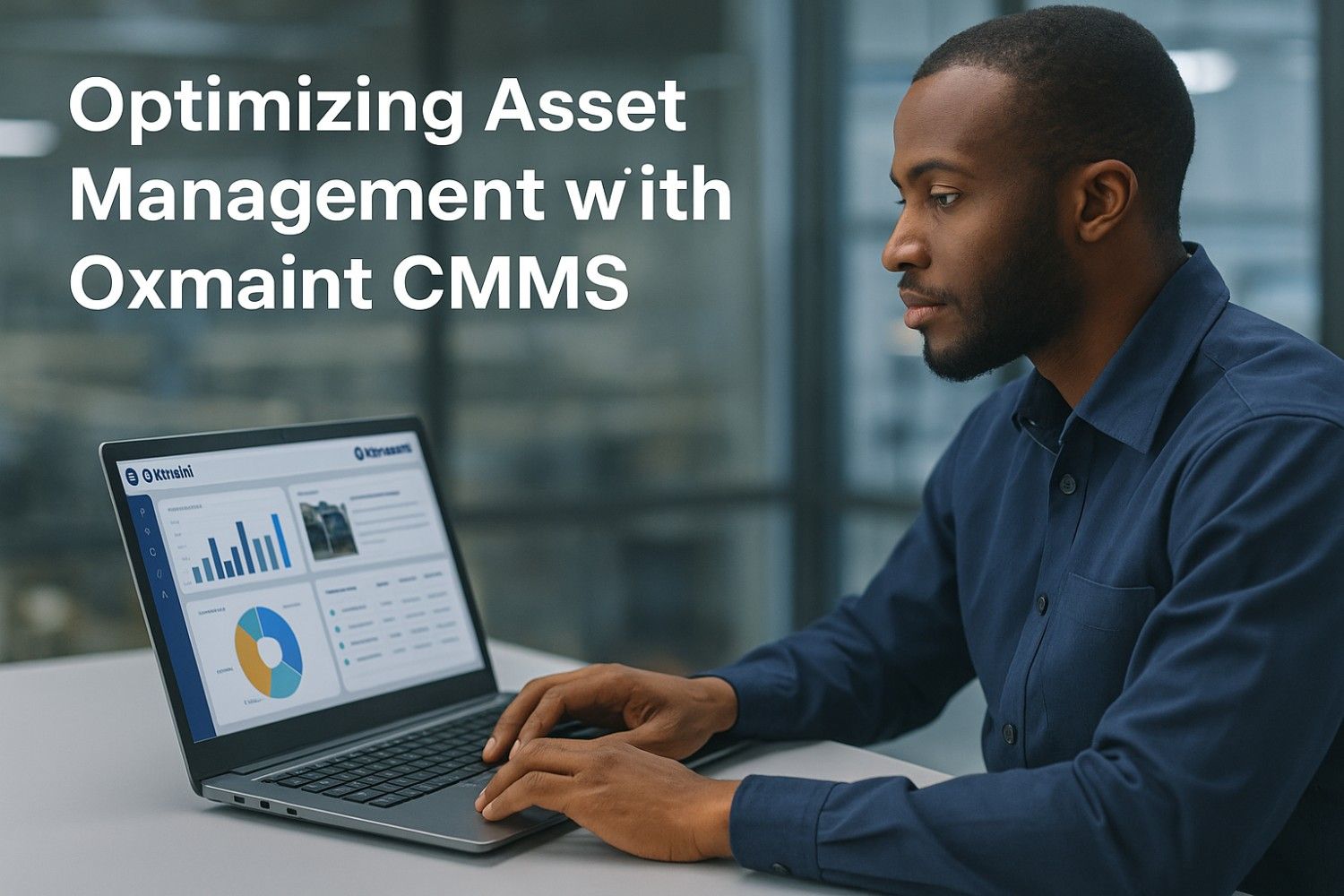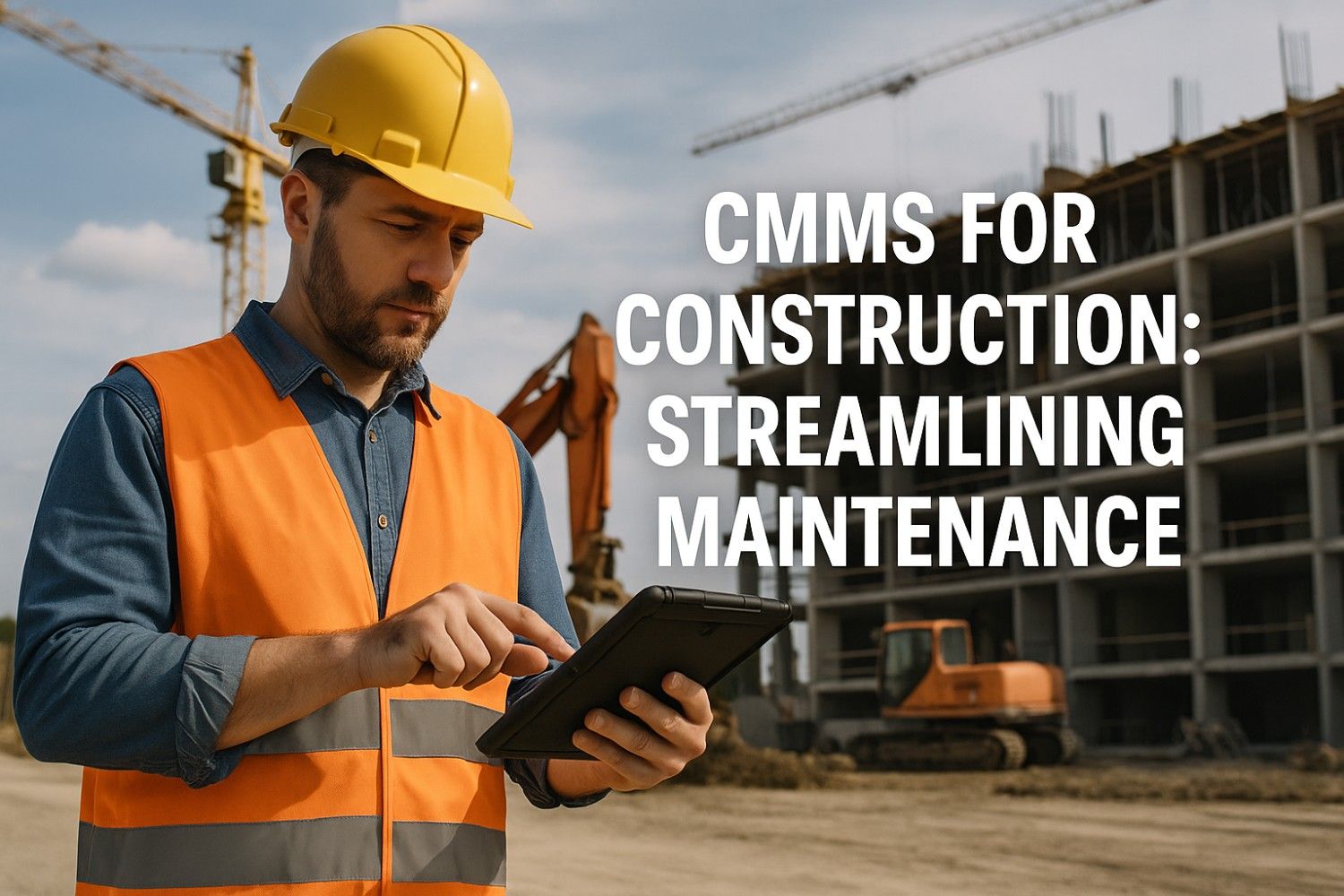Your operations director bursts into Monday's production meeting with alarming news: "Three critical assets failed simultaneously over the weekend—our CNC machining center, the primary cooling system, and conveyor line 4. We're looking at $520,000 in emergency repairs and 96 hours of unplanned downtime." You scan last quarter's maintenance reports showing $3.7 million spent on reactive repairs, yet your time-based preventive maintenance program provided zero advance warning of these failures. Without predictive maintenance tools and real-time asset intelligence, you're operating in the dark, reacting to catastrophic breakdowns instead of preventing them.
This nightmare scenario repeats across American manufacturing facilities daily as operations struggle with unpredictable equipment failures that devastate production schedules and profitability. The average manufacturing facility loses 15-20% of productive capacity to unplanned downtime, costing $260,000 per hour for critical production lines, but predictive maintenance CMMS solutions like Oxmaint can prevent 70-85% of unexpected failures through intelligent asset monitoring and data-driven maintenance scheduling.
Facilities implementing Oxmaint's predictive maintenance tools achieve 45-65% reductions in unplanned downtime while cutting maintenance costs by 30-40% compared to traditional reactive or calendar-based maintenance approaches. The transformation lies in leveraging AI-powered analytics, sensor integration, and predictive algorithms that identify equipment degradation patterns 30-90 days before failure occurs, enabling proactive intervention that prevents costly breakdowns.
Stop losing $260,000 per hour to preventable equipment failures!
Oxmaint's predictive CMMS technology has prevented over $127 million in downtime costs for manufacturing facilities nationwide. Discover how AI-powered maintenance scheduling can transform your operations from reactive firefighting to predictive asset excellence—before your next catastrophic breakdown devastates production.
Understanding Predictive Maintenance Technology
Effective downtime prevention requires understanding the sophisticated predictive maintenance ecosystem that transforms real-time asset data into actionable maintenance intelligence. Modern predictive CMMS platforms like Oxmaint extend far beyond simple work order management to include machine learning algorithms, IoT sensor integration, and advanced analytics that continuously monitor equipment health and predict optimal maintenance timing with 85-95% accuracy.
Traditional maintenance approaches operate on fixed schedules or reactive responses, creating a costly paradox: calendar-based preventive maintenance performs unnecessary work while still missing 60-70% of actual equipment problems, while reactive maintenance waits for catastrophic failures costing 3-5x more than planned interventions. Predictive maintenance software bridges this gap by monitoring actual asset conditions and triggering maintenance activities only when data indicates developing problems, typically reducing total maintenance costs by 25-40% while improving equipment availability.
AI-Powered Failure Prediction
Machine learning algorithms analyzing historical failure patterns, operating conditions, and sensor data to predict equipment problems 30-90 days in advance with 90% accuracy.
Real-Time Asset Monitoring
IoT sensor integration tracking vibration, temperature, pressure, and performance metrics 24/7, providing instant alerts when conditions exceed normal operating parameters.
Intelligent Work Order Automation
Automatic maintenance scheduling based on predictive algorithms and asset criticality, optimizing technician workloads and reducing emergency repair work by 75-85%.
Predictive Analytics Dashboard
Comprehensive visibility into asset health trends, maintenance performance metrics, and downtime risk assessments enabling data-driven decision making.
Maintenance scheduling optimization represents a fundamental shift from guesswork to data-driven precision. Oxmaint's predictive algorithms continuously analyze hundreds of variables—operating hours, environmental conditions, performance degradation, historical failure modes—to determine optimal maintenance timing that maximizes asset reliability while minimizing unnecessary interventions.
Oxmaint's Predictive CMMS Capabilities
Oxmaint delivers comprehensive predictive maintenance functionality specifically designed for manufacturing environments where unplanned downtime creates cascading production losses. The platform integrates seamlessly with existing sensor networks, equipment controls and enterprise systems to create a unified maintenance intelligence system that continuously monitors asset health and optimizes maintenance delivery.
| Oxmaint Feature | Capability | Downtime Impact | ROI Timeline |
|---|---|---|---|
| Predictive Failure Analytics | AI algorithms predicting equipment failures 30-90 days advance | 70-85% reduction in unplanned downtime | 8-14 months |
| IoT Sensor Integration | Real-time monitoring of 500+ asset parameters | 60% faster problem detection | 6-12 months |
| Intelligent Scheduling Engine | Automated work order creation based on predictive models | 40% improvement in schedule adherence | 10-16 months |
| Mobile Maintenance App | Technician access to predictive insights and work orders | 35% faster repair completion | 4-8 months |
| Asset Performance Tracking | Comprehensive OEE, MTBF, and MTTR analytics | 25-35% productivity improvement | 12-18 months |
| Inventory Optimization | Predictive spare parts forecasting and automated reordering | 30% reduction in emergency procurement | 8-14 months |
Sensor integration capabilities enable Oxmaint to process data from vibration sensors, thermal cameras, pressure transducers, and performance meters, creating comprehensive asset health profiles that identify degradation patterns invisible to traditional inspection methods. This multi-parameter monitoring approach achieves 90-95% fault detection accuracy for rotating equipment, hydraulic systems, and electrical components.
Maintenance software effectiveness depends critically on user adoption and operational integration. Oxmaint's intuitive interface and mobile accessibility ensure technicians actually use predictive insights during daily work, with adoption rates averaging 85-95% compared to 40-60% for complex legacy CMMS systems requiring extensive training.
Implementation Framework for Downtime Prevention
Creating an effective predictive maintenance program requires systematic deployment combining asset prioritization, sensor integration, and organizational capability building. Asset criticality assessment provides the foundation for implementation planning, identifying high-value equipment where predictive monitoring delivers maximum downtime prevention value and ROI.
Oxmaint Predictive Maintenance Implementation Process
Phased implementation by asset category and production area enables better risk management and learning incorporation. Rather than attempting facility-wide transformations overnight, successful deployments start with 10-15 critical assets, validate predictive accuracy over 3-6 months, then scale systematically based on proven results and refined algorithms.
Oxmaint CMMS Platform
40-50% of budget for software licensing, cloud infrastructure, and predictive analytics capabilities
Sensor Integration
25-35% for IoT sensors, wireless networks, and equipment connectivity enabling real-time monitoring
Training & Change Management
15-20% for technician education, process optimization, and organizational adoption support
Implementation Services
10-15% for configuration, integration, and deployment assistance from Oxmaint specialists
Implementation timelines vary based on facility complexity and existing infrastructure maturity, but most organizations achieve initial predictive maintenance capabilities within 60-90 days. Full deployment across critical assets typically requires 6-12 months, with measurable downtime reduction visible within the first 90 days of operation.
ROI and Optimization Strategies
Strategic downtime prevention extends beyond initial predictive maintenance implementation to continuous improvement and capability expansion. The most successful facilities view Oxmaint as an evolving asset intelligence platform requiring ongoing optimization of predictive algorithms, sensor coverage, and maintenance processes rather than static technology deployment.
Proven Downtime Prevention Strategies with Oxmaint
- Implement closed-loop feedback systems where actual failure data continuously improves predictive model accuracy
- Expand sensor coverage incrementally, prioritizing assets with highest downtime impact and failure frequency
- Integrate Oxmaint with enterprise systems (ERP, PLM, SCM) for comprehensive production planning optimization
- Establish real-time mobile alerts enabling immediate technician response to developing equipment problems
- Create predictive maintenance KPI dashboards tracking downtime trends, maintenance effectiveness, and ROI metrics
- Build automated compliance documentation reducing regulatory reporting effort by 60-75%
- Develop predictive inventory management preventing stockouts of critical spare parts
- Enable remote monitoring and expert collaboration for complex diagnostic scenarios
ROI calculation for predictive CMMS implementation must include direct cost savings from prevented downtime, reduced emergency repairs, optimized spare parts inventory, and improved asset utilization. Most manufacturing facilities achieve 250-400% ROI within 18-24 months, with average annual savings of $1.2-3.5 million through comprehensive downtime prevention.
2025 Predictive Maintenance Trends Transforming Manufacturing
- AI-powered root cause analysis automatically diagnosing failure modes and recommending corrective actions
- Digital twin integration enabling virtual simulation of maintenance scenarios before physical intervention
- Edge computing processing sensor data locally for instant anomaly detection and response
- Augmented reality maintenance guidance overlaying predictive insights during repair activities
- Blockchain-verified maintenance records ensuring compliance and asset history integrity
- Collaborative robotics performing autonomous inspections guided by predictive maintenance schedules
Competitive differentiation through predictive maintenance requires moving beyond industry-standard implementations to innovative applications. Leaders achieve 2-3x better equipment reliability through proprietary predictive models customized for specific manufacturing processes, operating environments, and asset configurations that competitors cannot easily replicate.
Workforce development and change management significantly impact predictive maintenance success. Facilities investing in comprehensive technician training on predictive analytics interpretation report 50% higher program ROI and 30% better maintenance effectiveness compared to those treating Oxmaint as simple software deployment without organizational capability building.
Conclusion
Preventing downtime with Oxmaint predictive tools represents the most significant advancement in maintenance management since computerized work order systems, enabling facilities to transition from reactive firefighting to proactive asset intelligence. Organizations implementing comprehensive predictive CMMS strategies achieve 45-65% downtime reductions while cutting maintenance costs 30-40% through intelligent monitoring, AI-powered failure prediction, and optimized maintenance scheduling that prevents problems before they disrupt production.
Understanding predictive maintenance technology reveals that successful implementations require sophisticated sensor integration, machine learning analytics, and organizational change management extending far beyond simple software installation. Oxmaint's comprehensive platform delivers 85-95% failure prediction accuracy for well-defined equipment degradation patterns while providing mobile accessibility and intuitive interfaces that ensure high technician adoption rates.
Investment benchmarks demonstrate that predictive CMMS implementations typically achieve positive ROI within 12-18 months through prevented downtime, reduced emergency repairs, and optimized spare parts management. Leading technologies like AI-powered failure analytics and IoT sensor integration deliver 8-14 month payback periods while creating sustainable competitive advantages through superior equipment reliability and operational efficiency.
Building effective downtime prevention strategies requires systematic assessment combining asset criticality evaluation, sensor integration planning, and phased implementation approaches. Success depends equally on technology selection, organizational readiness, and sustained commitment to continuous improvement through predictive analytics refinement and capability expansion.
The 2025 competitive manufacturing environment rewards early adopters of predictive maintenance technology while penalizing reactive approaches that ignore available asset intelligence. Success requires balancing proven CMMS capabilities delivering immediate downtime reduction with emerging innovations like digital twins and edge computing positioning facilities for future competitive advantage.
Transform your maintenance operations from costly reactive repairs to intelligent downtime prevention!
Every day operating without predictive maintenance tools risks another $520,000 catastrophic failure. Oxmaint's AI-powered CMMS technology has prevented over $127 million in downtime costs for facilities nationwide—discover how predictive analytics can transform your asset management before your next breakdown devastates production schedules and profitability.
